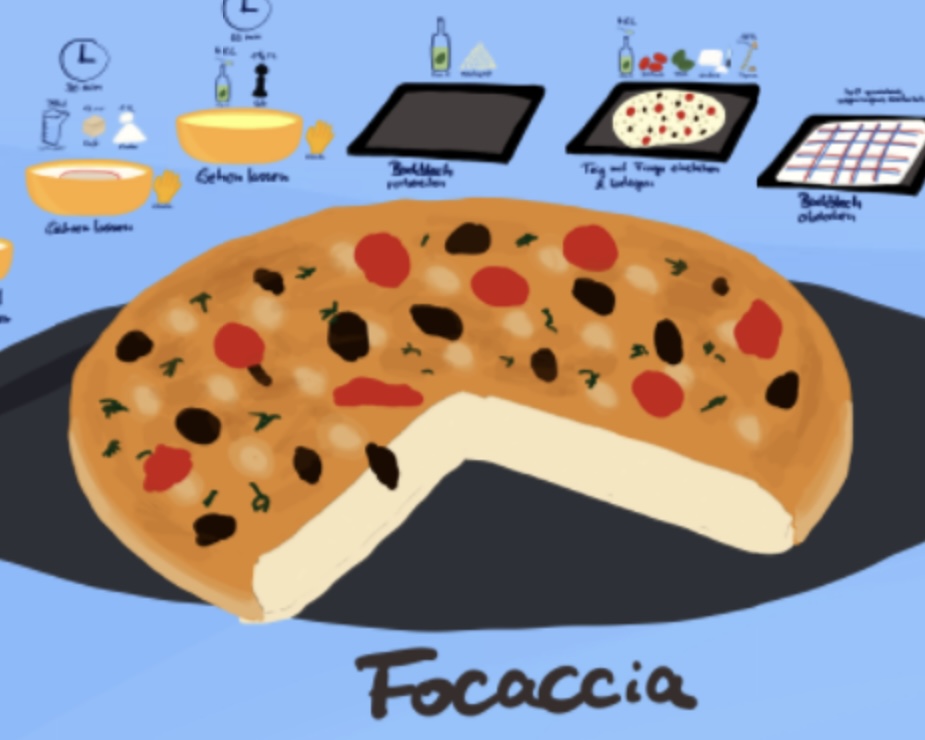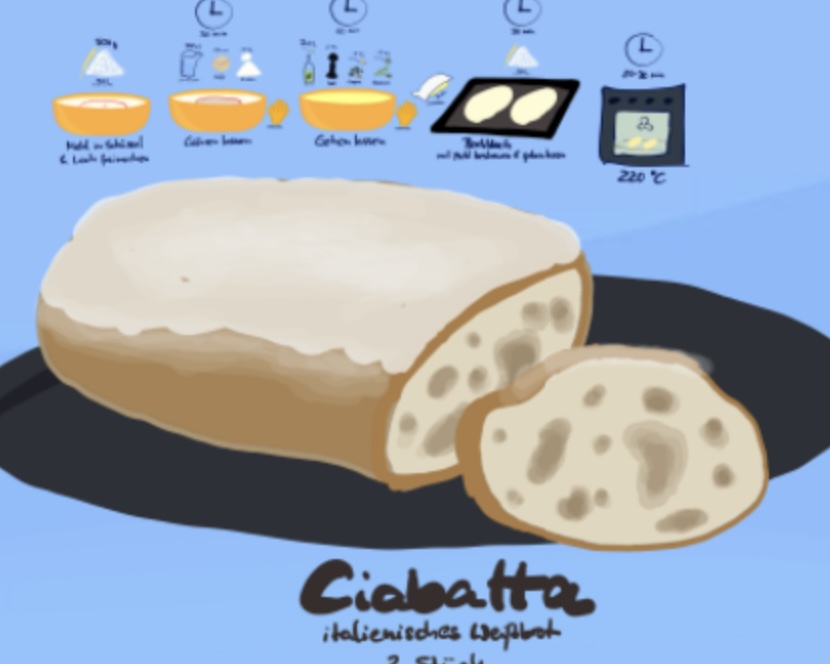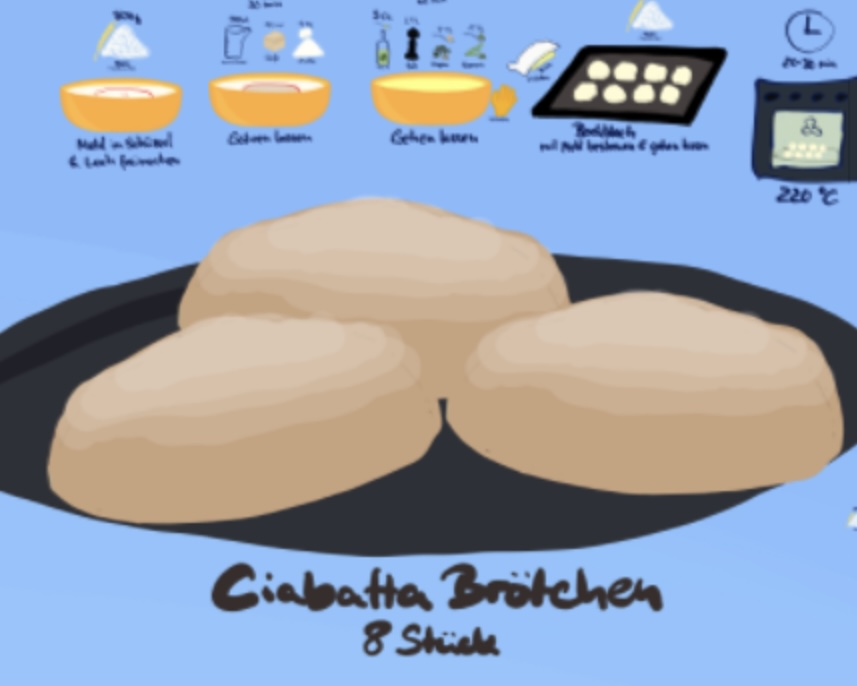Perfect Homemade Bagels Recipe
Chewy and dense, a versatile base for sweet or savory toppings.Instructions: Tap the Map & Cook Along 👇
Bagels: The Art of Crafting the Perfect Chew
In the world of bread and pastries, the bagel stands out with its distinctive shape, satisfying texture, and versatile flavor profile. More than just a breakfast staple, bagels have become a canvas for culinary creativity, lending themselves to a plethora of toppings and fillings. From their humble beginnings to their rise as a global favorite, bagels represent a fascinating journey through culture and cuisine. Let’s delve into the art of crafting the perfect chew and discover why bagels continue to capture the hearts and palates of food lovers everywhere.
The Origins of the Bagel
The history of bagels is as rich and complex as their flavor. Though their exact origins are debated, most stories trace them back to the Jewish communities of Poland in the 17th century. Originally designed as a gift for women in childbirth and later as an offering at celebrations, the bagel quickly became a popular staple in Eastern Europe. The ring shape is said to symbolize the cycle of life, adding a deeper meaning to its deliciousness. Immigrant communities brought the bagel to the United States, where it found a new home and skyrocketed to popularity, especially in New York City.
The Science Behind the Perfect Bagel
What sets bagels apart from other bread is their unique preparation method, which involves boiling the dough before baking. This crucial step gives bagels their signature glossy crust and chewy interior. The dough itself is a simple mixture of high-gluten flour, water, yeast, and malt, but achieving the perfect balance requires precision and skill. Kneading the dough develops gluten strands that contribute to the bagel’s chewy texture, while boiling it briefly in water that's often sweetened with malt or honey helps set the crust before it hits the hot oven.
A World of Varieties
The versatility of bagels is one of their most appealing attributes. The classic plain bagel is just the beginning; there are countless varieties to explore. Sesame, poppy seed, and onion bagels offer a savory crunch, while cinnamon raisin and blueberry bagels cater to those with a sweet tooth. More adventurous variations include everything bagels, which are topped with a mix of sesame seeds, poppy seeds, onion, garlic, and salt, and even newer creations like Asiago cheese, jalapeño cheddar, and vegan options.
Bagels as a Culinary Canvas
Bagels are not just for breakfast anymore, nor are they limited to cream cheese toppings. They've become a base for a wide array of culinary creations. From classic bagel sandwiches filled with smoked salmon and cream cheese to more elaborate offerings like turkey and avocado or Mediterranean-inspired with hummus and vegetables, the possibilities are endless. Bagels can also be transformed into pizza bases, or even used in desserts, proving their versatility in the culinary world.
Making Bagels at Home
The art of making bagels at home is a rewarding endeavor. While it might seem daunting at first, with a little practice, anyone can turn out professional-quality bagels from their own kitchen. The key is not to rush the process, allowing plenty of time for the dough to rise and develop flavor. Boiling the bagels in a large pot of water ensures they float to the top when they're ready, and baking them at a high temperature achieves that perfect, crispy exterior.
Conclusion
Bagels are more than just a bread; they're a cultural icon, a versatile snack, and a testament to the art of baking. Whether you're a bagel purist or an experimental baker, the world of bagels offers endless possibilities to explore. Each bite is a blend of history, science, and culinary craft—a true delight for those who appreciate the finer details in their food. So next time you bite into a freshly baked bagel, take a moment to appreciate the craft that goes into creating this simple yet extraordinary bakery staple.





